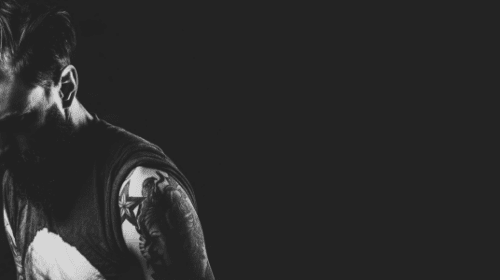If you or someone you care about is struggling with opioid addiction, you may be considering medication-assisted treatment (MAT) as a means to control cravings and withdrawal symptoms. Medication-assisted treatment relies on the use of certain FDA-approved drugs as part of a comprehensive opioid treatment plan (OTP). These three drugs include methadone, Suboxone, and Vivitrol, and it’s important to know the difference between them as you explore your medication-assisted treatment options with your doctor. Each one of these drugs has distinct routes of administration and some have shown to have higher potential for diversion and abuse than others.
Exploring the Difference Between Suboxone, Vivitrol, and Methadone
Each person seeking an OTP should work with their treatment center or medical professional to explore the differences between Suboxone, Vivitrol, and methadone and find out which plan is best for them.
Methadone: How Does It Work?
Methadone is the first approved medication to treat heroin and opioid addiction. It is what’s known as an opioid agonist, which means it acts on opioid receptors in the brain more slowly to produce relief without that all-consuming sense of euphoria that drives addiction. Methadone is taken orally and, since its introduction to the landscape in the 1950s, has been a trusted and relied-upon resource in opioid addiction treatment. It does, however, have significant and documented potential for addiction.
The first dose of methadone given to a patient is low. The size of the dose is gradually increased until the maintenance dose is reached. The maintenance dose is the amount of methadone the patient requires to prevent opioid withdrawal symptoms but does not induce euphoria. The World Health Organization provides in-depth insights regarding the construction, procedure, risks, and benefits of methadone use as part of an OTP.
Suboxone®: How Does it Work?
Suboxone (buprenorphine and naloxone) is what’s called a partial opioid agonist, which means it binds to the same opioid receptors as methadone but slows activation down to decrease the risk of euphoria and subsequent dependency. You can get buprenorphine from your doctor without the need to visit a specialized clinic. The Comprehensive Addiction and Recovery Act (CARA), signed into law in July 2016, initially expanded the eligibility to prescribe buprenorphine-based drugs for medication-assisted treatment (MAT) to qualifying nurse practitioners and physician assistants. This provision was extended beyond the initial October 1, 2021, deadline. The National Association of Advocacy for Buprenorphine treatment offers specific dosing guidelines and routines for Suboxone and its sister drug Subutex®.
Vivitrol®: How Does It Work?
Vivitrol is a monthly injectable form of the drug naltrexone. It is the latest drug to be approved for OTPs and is what’s called an opioid antagonist, which means it blocks the activation of opioid receptors. Instead of controlling withdrawal and cravings, it treats opioid use disorder by preventing any opioid drug from producing rewarding effects. Its long-acting use formula decreases the potential for diversion and abuse and provides a viable alternative to those who have limited or sporadic access to healthcare or who have problems taking medications. The FDA-recommended dose of Vivitrol is 380 mg delivered intramuscularly every four weeks or once a month.
Let Recovery Unplugged Help You Discover the Difference between Methadone, Suboxone, and Vivitrol
Recovery Unplugged is a licensed and established provider of medication-assisted treatment. Our clinical staff is ready to help you identify the difference between methadone, Suboxone, and Vivitrol and whether MAT is right for you or your loved one. Contact us today to learn more about this potentially lifesaving treatment resource.

























